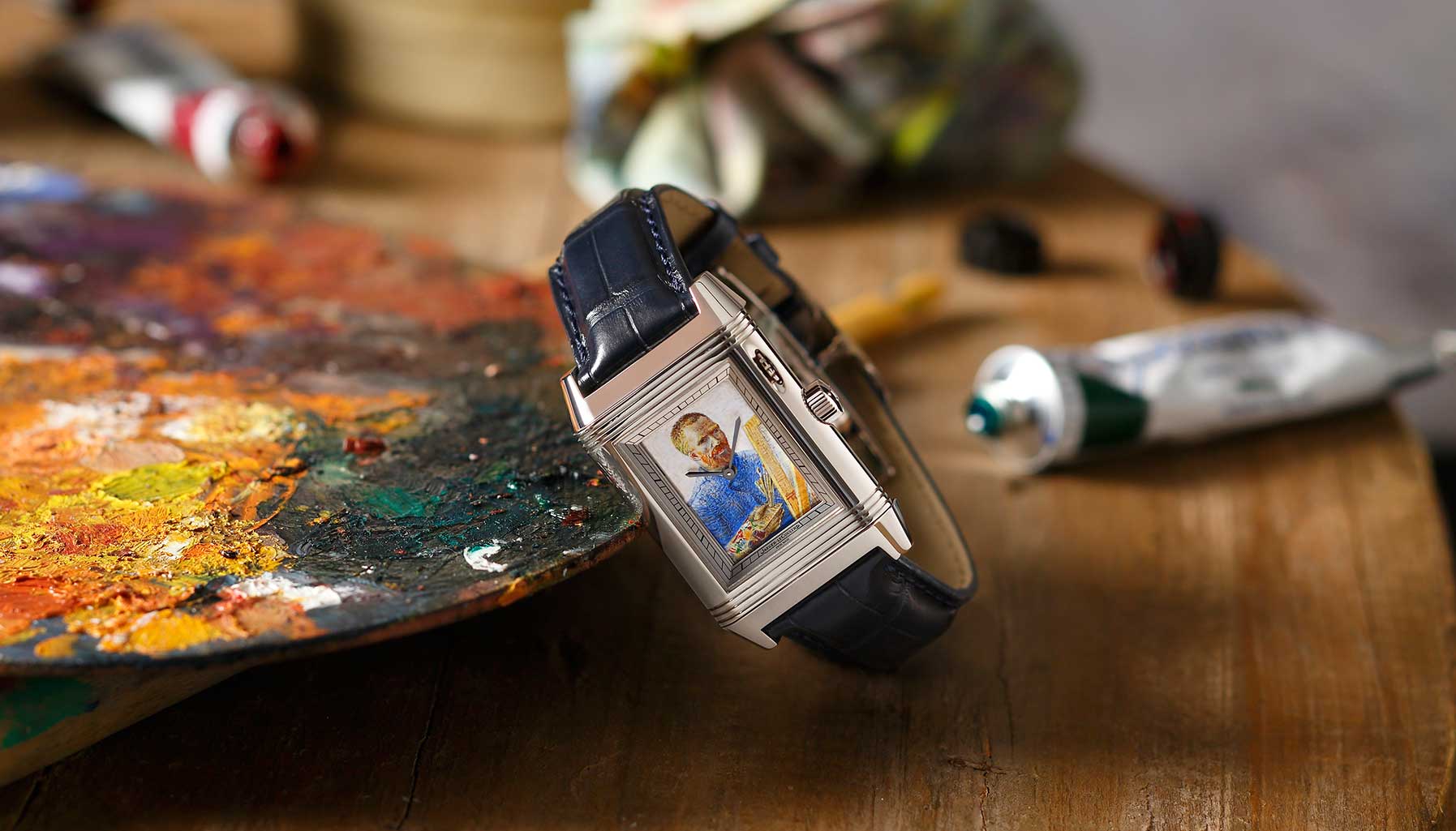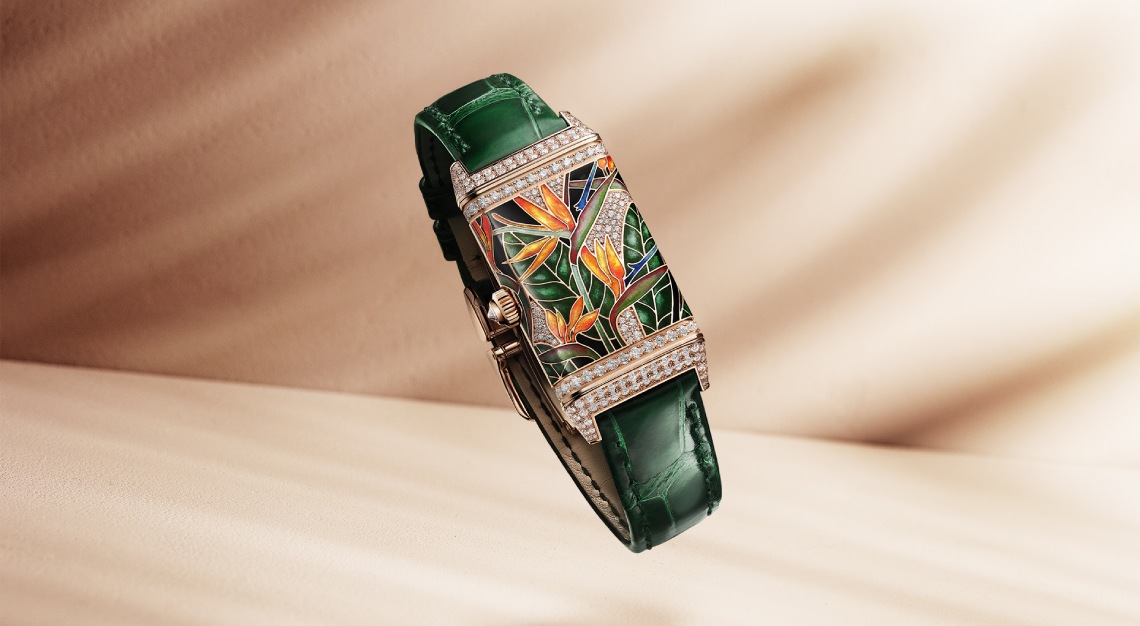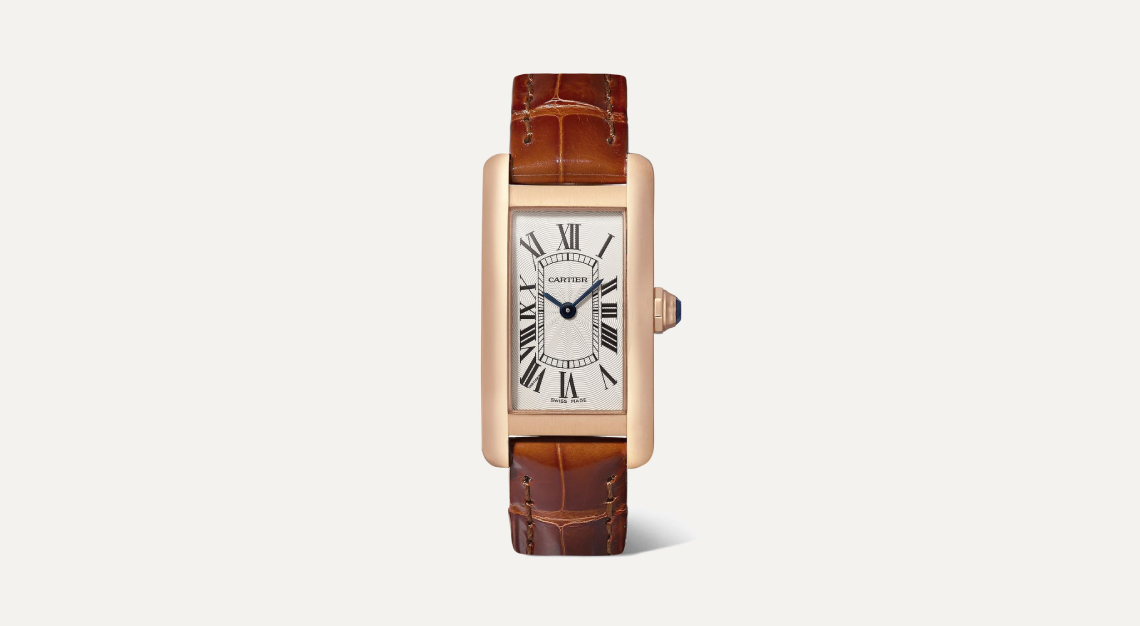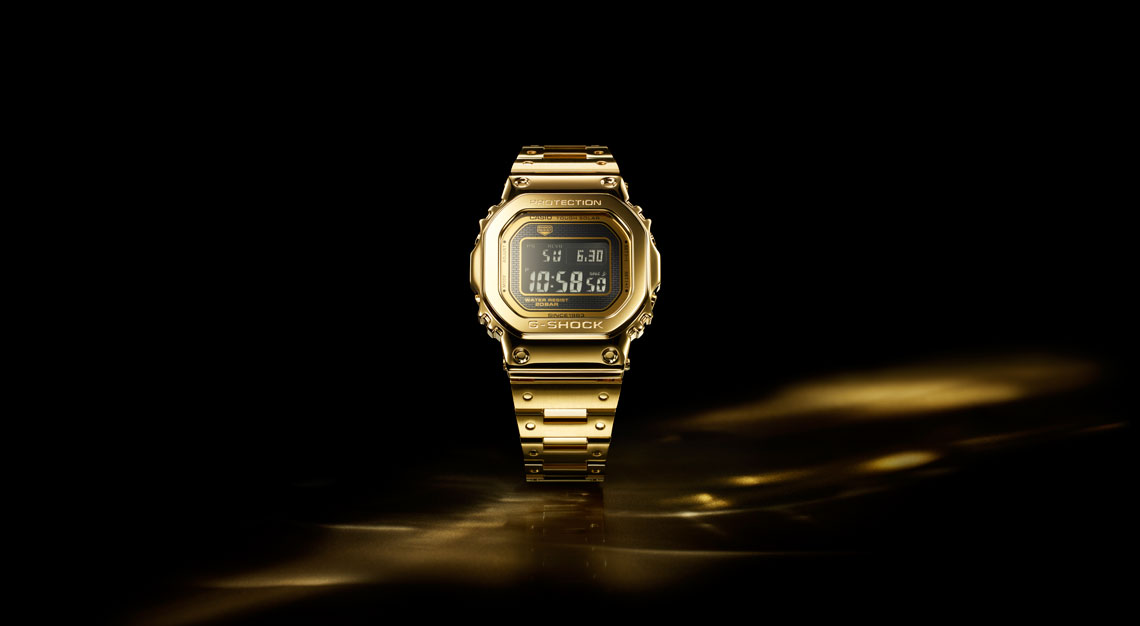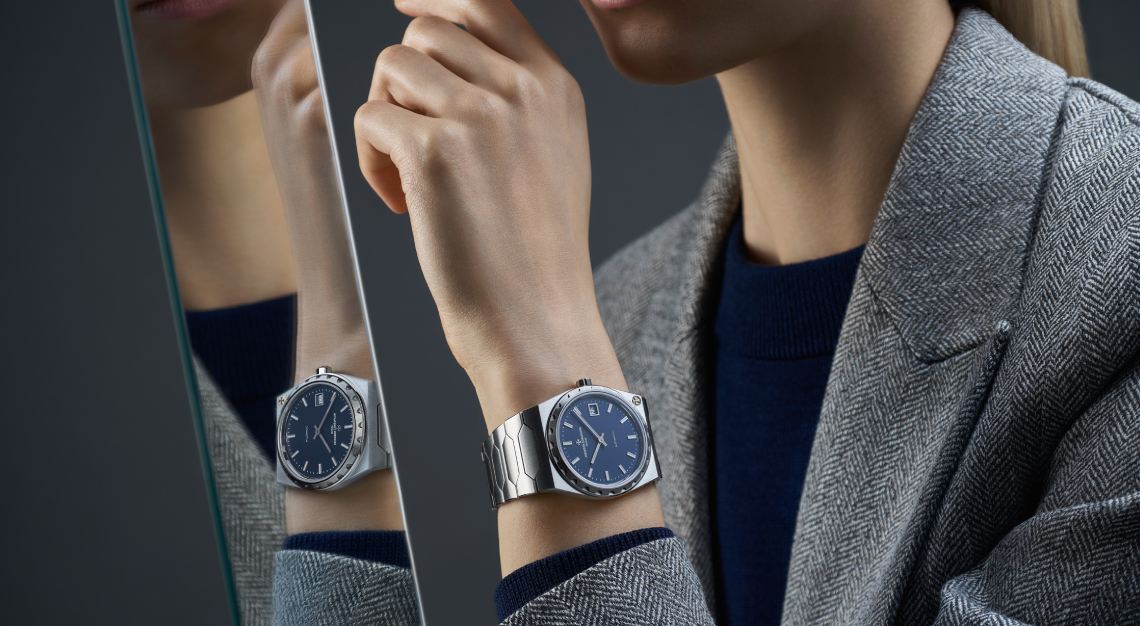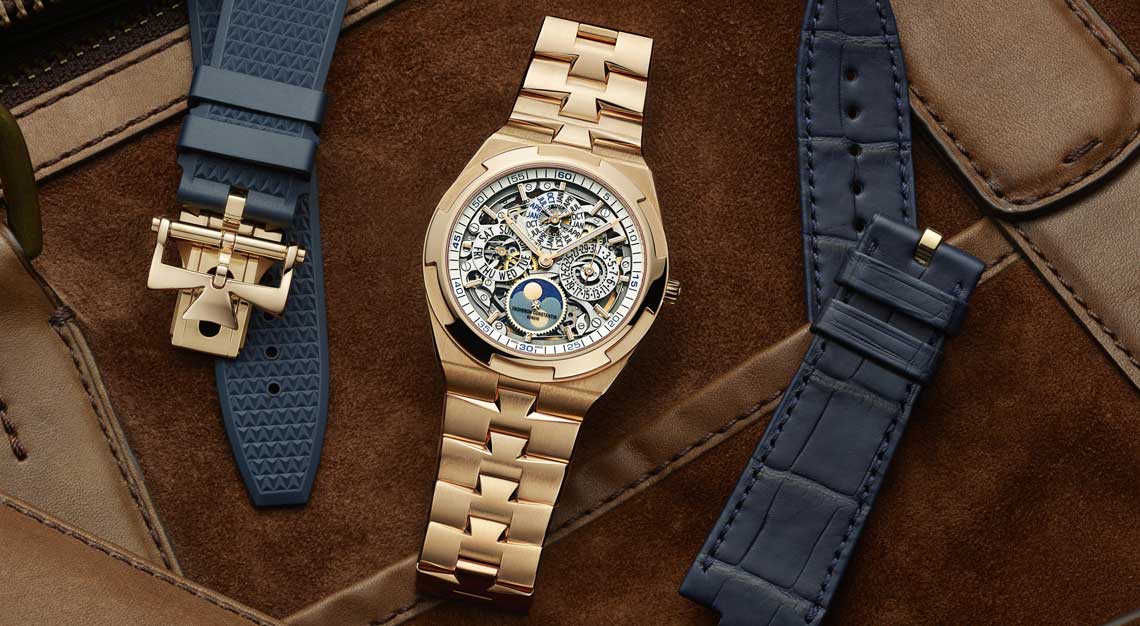Let There Be Art
The great thing about watch collecting that art collecting can’t quite afford is the opportunity to carry one’s passion wherever and whenever. Sure you can try to tote around something from the Louis Vuitton Masters Collection by Jeff Koons. But it’s not really the same, neither does that come highly recommended.
That said, the many similarities between the watch and art worlds make them excellent bedfellows/ Luxury watch companies have made numerous moves on the creations of some of the best artists of our time. Small as they may be, watches are a delightful canvas for artistic expression. In addition to the dial, the caseback is a favourite secret space on which a favoured artwork can reside, known only to the wearer.
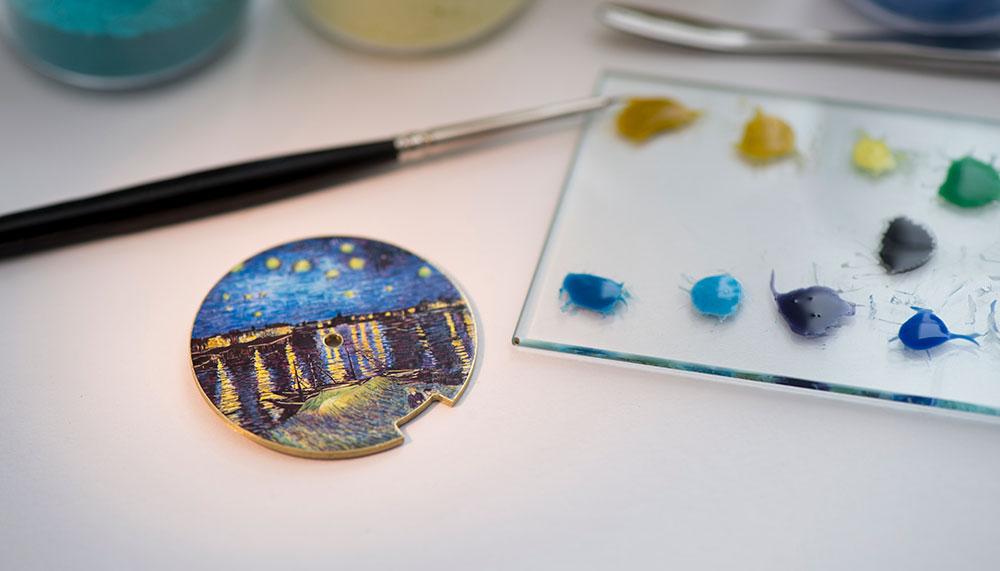
Jaeger-LeCoultre
One of the most prolific advocates of the fine arts in watchmaking is Jaeger-LeCoultre. All of its most exquisite creations are united under the Metiers Rares banner unique to the manufacture. There are many horological icons at Jaeger-LeCoultre but none more so than the Reverso.
In 2015, the manufacture’s team of artists recreated paintings of art’s great masters on the dial of a Reverso. That year marked the 125th anniversary of the death of Vincent Van Gogh. Jaeger-LeCoultre worked with the Van Gogh Museum in Amsterdam to create a limited-edition Reverso. It featured on the dial one of the Dutch master’s most iconic works, Sunflowers.
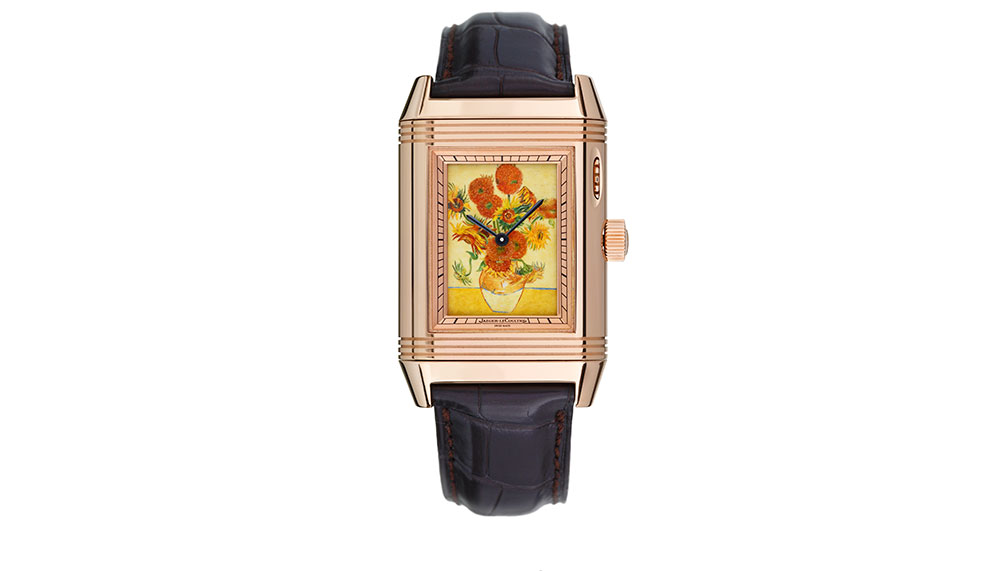
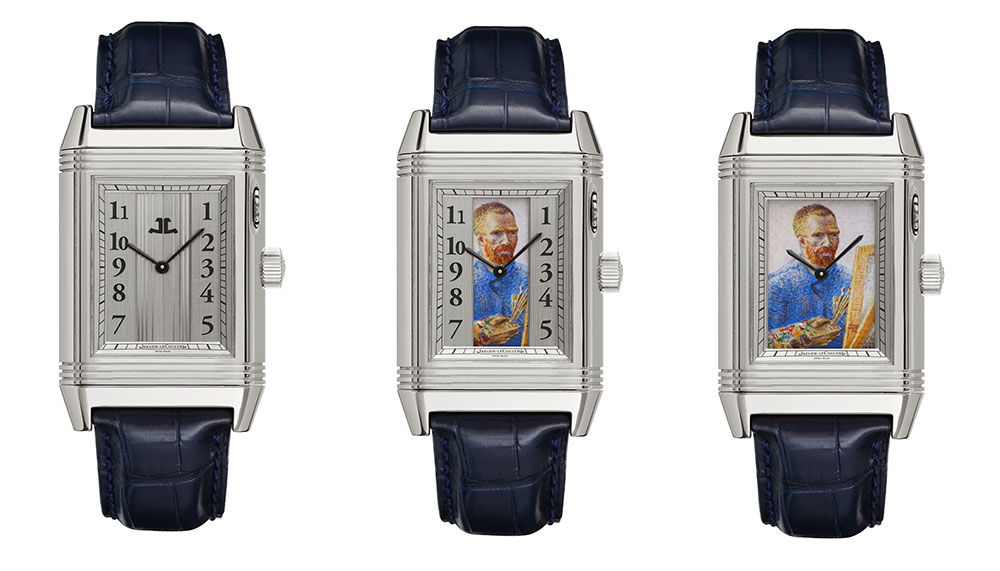
Jaeger-LeCoultre selected one of the most unique and unusual Reverso models for this collaboration, the Reverso a Eclipse. In addition to the case that swivels around, the dial is also moveable – a tiny gear wheel set into the case at one o’clock allows the wearer to part the gold dial like a set of shutters, revealing the treasure that’s painted directly underneath.
The Reverso a Eclipse – Van Gogh Sunflowers Limited Edition debuted in September 2015 at the inauguration of the new entrance building of the Van Gogh Museum. Only five of these watches were made.
The following year, the Grande Maison presented a second Van Gogh creation, this time featuring Self-Portrait as a Painter (1887–88). It also released a trio of timepieces in the Metiers Rares line, one of which continued the Van Gogh homage. The Master Grande Tradition a Repetition Minutes combines immense horological technicity with the art of miniature enamel painting, here realised as Van Gogh’s Starry Night over the Rhone. Next to join this incredible line-up are the Master Grand Tourbillon (also Starry Night) and the Master Ultra Thin painted with Self Portrait Grey Felt Hat.
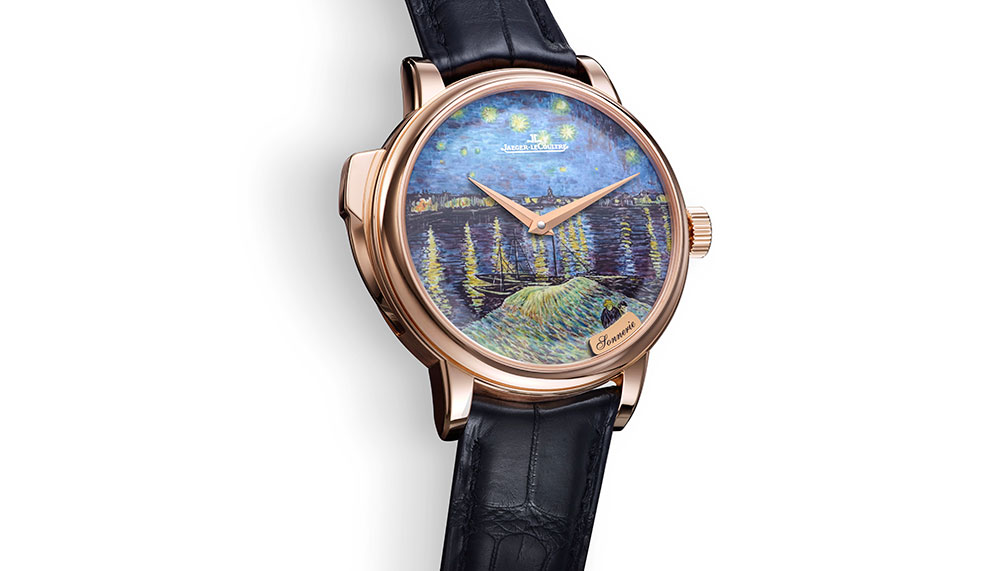
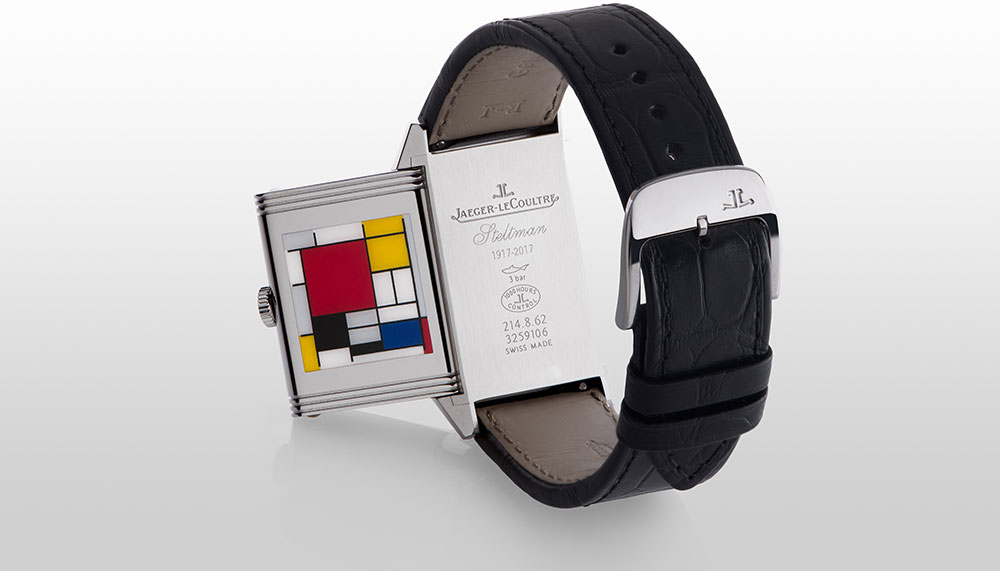
In October 2017 Jaeger-LeCoultre paid tribute to another Dutch artist, Piet Mondrian, who was one of the earliest pioneers of 20th-century abstract art. Having created the concept of neoplasticism, Mondrian was known for his penchant for colours.
Blancpain
Equally recognisable is the woodblock print by Japanese ukiyo-e artist, Katsushika Hokusai, known as The Great Wave off Kanagawa. Not only is it Hokusai’s most famous work, it is without question, the world’s most influential and iconic piece of Japanese art.
Swiss watch manufacture Blancpain draws deeply from its dynamic yet ominous power in the creation of its Metiers d’Art Villeret The Great Wave.

Not a flat-out replica of Hokusai’s masterpiece, however, this timepiece remains a bona fide work of art unto itself. Its dial was hewn from Mexican silver obsidian, a semi-transparent volcanic stone bestowed with soothing qualities. Grey and speckled with puffs of silvery clouds, it serves as the base on which the artisan secures a white gold applique of the namesake wave.
To craft the wave, Blancpain reprised an ancient Japanese technique called Shakudo where following the engraving stage, the applique is immersed in a bath of rokusho salts where it gains a unique dark patina that’s intentionally kept irregular as nature intends. Then, certain parts of the applique are polished while others are left matte, in order to intensify the effect of a huge billowing wave.
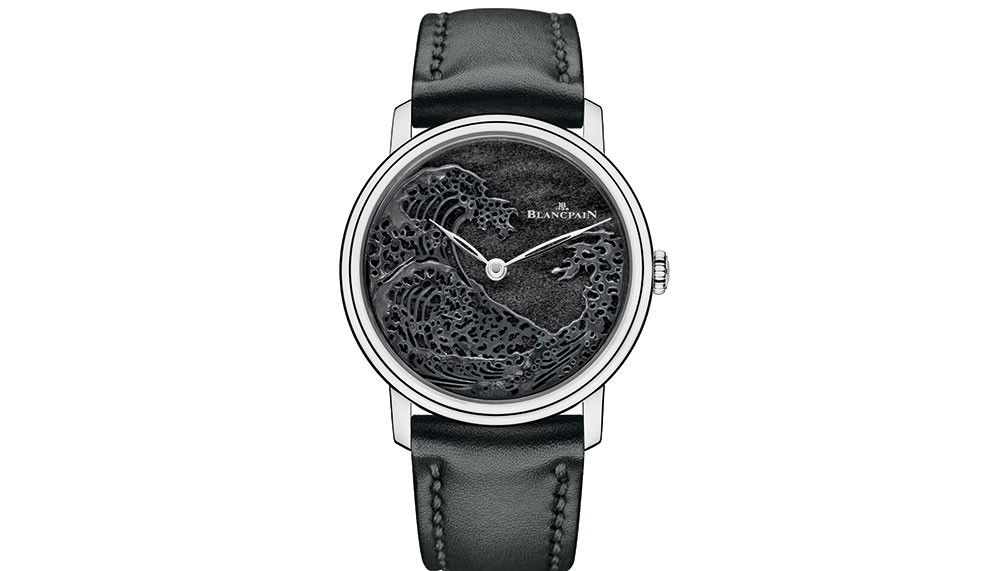
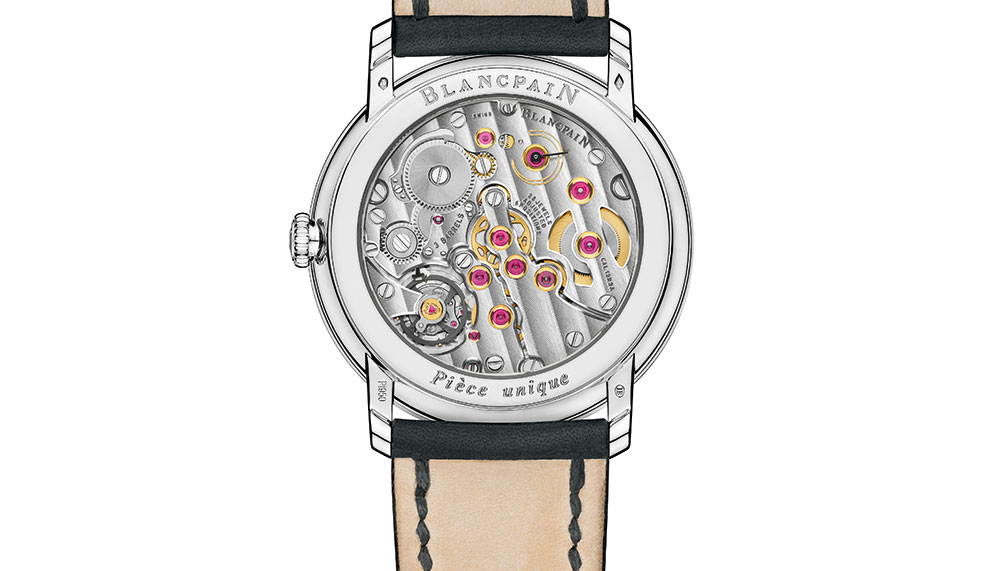
In 42mm platinum, this miniature image of Hokusai’s wave is a fitting tribute to the Japanese master who held the belief that, until the age of 70, nothing he drew was worthy of notice. Hokusai’s woodblock series, Thirty-six Views of Mount Fuji, which includes The Great Wave off Kanagawa, was created in 1831 when he was 71.
Vacheron Constantin
Also an ode to the amazing world of fine arts, the Vacheron Constantin Metiers d’Art Tribute to Composers was conceived when the great manufacture became a sponsor of the Opera National de Paris in 2007. It pledged to create 15 exceptional unique pieces dedicated to the greatest classical musicians of our time – the same artists who inspired Marc Chagall when he created the monumental fresco on the ceiling of the Garnier Opera House in Paris.
The first watch in the collection was unveiled in 2010, just in time to celebrate the 30th anniversary of the Association pour le Rayonnement de l’Opera National de Paris. Featuring a gorgeous miniature reproduction of Chagall’s fresco done by the traditional Genevan grand feu enamelling technique, the 40mm watch in yellow gold is not for sale and belongs to Vacheron Constantin archives.
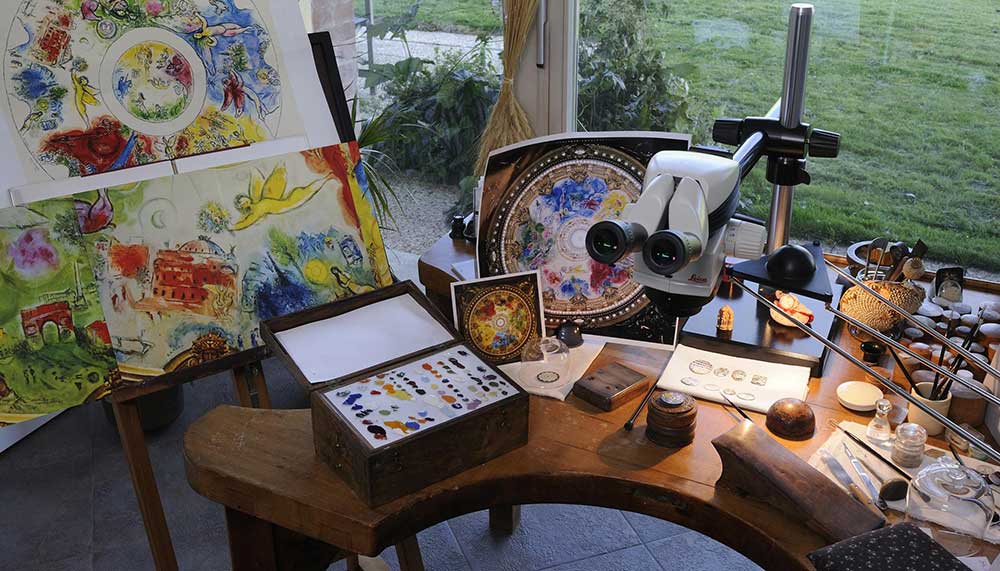
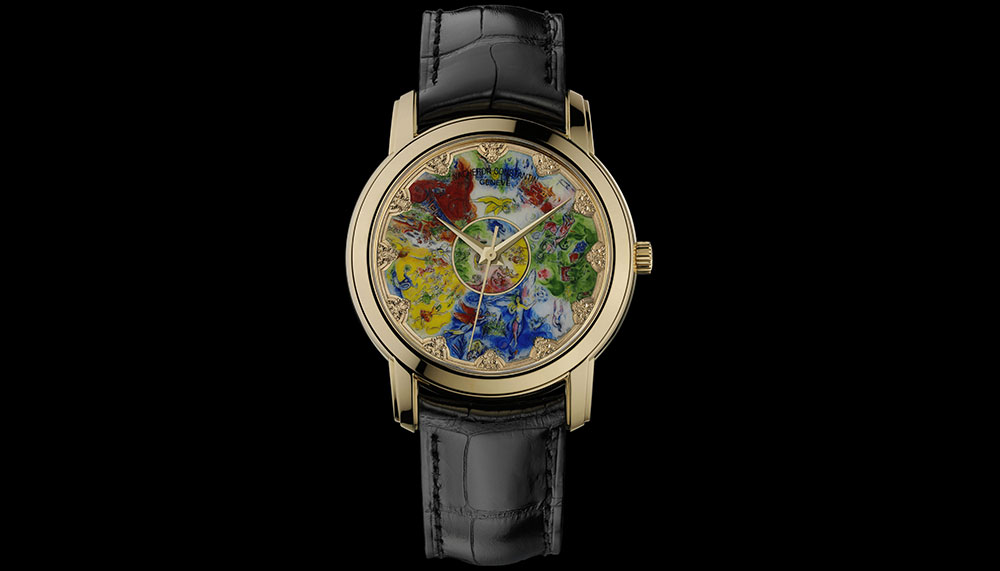
Compared to the original, which spreads over 200sqm, this reproduction covers a round dial of just 31.5mm wide, yet every stroke had been preserved in striking detail, as was the rich colour palette.
Over the next two years, Vacheron Constantin released the other 14 unique pieces, each one a close-up of a portion of the fresco and dedicated to one composer including Mozart, Tchaikovsky, Stravinsky, Ravel and Wagner.
Vacheron Constantin has always been a fierce advocate of art and cultures around the world. Its own metiers d’arts collection is extraordinary to say the least and its heritage division continually reaches out to different forms of art. In 2012, it produced a limited-edition metiers d’art collection called Les Univers Infini inspired by yet another Dutch artist, MC Escher, who spent years exploring the concept of perspectives, reflections, infinity and symmetry, working most prominently on tessellation, where numerous graphic shapes come together to form a larger picture or a repeated pattern.
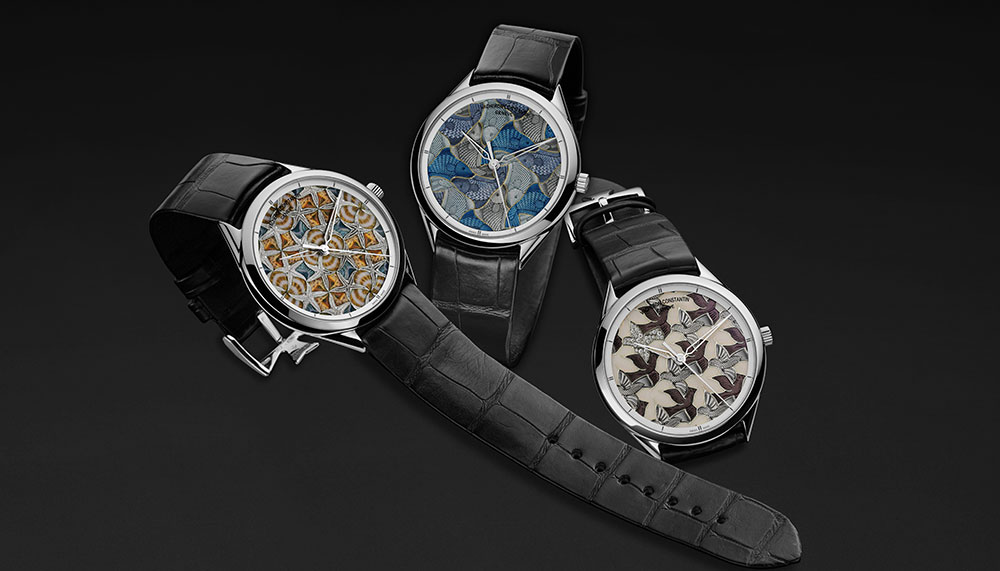
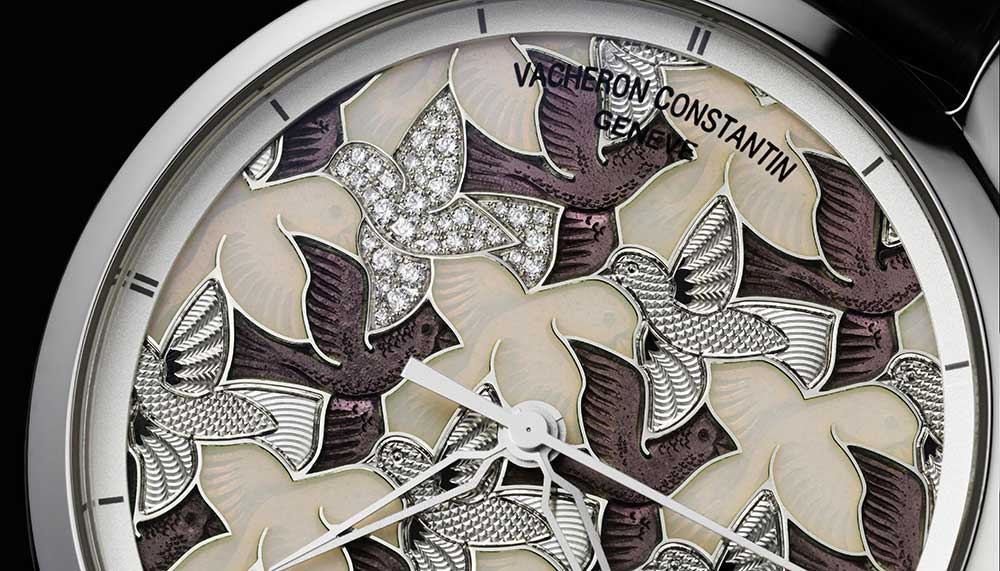
Bringing the artistic style of Escher into its Patrimony collection, Vacheron Constantin designed three pieces, each a limited edition of only 20 pieces, and utilised several different techniques including traditional hand guilloche, figurative engraving, gem-setting and champleve enamelling.
